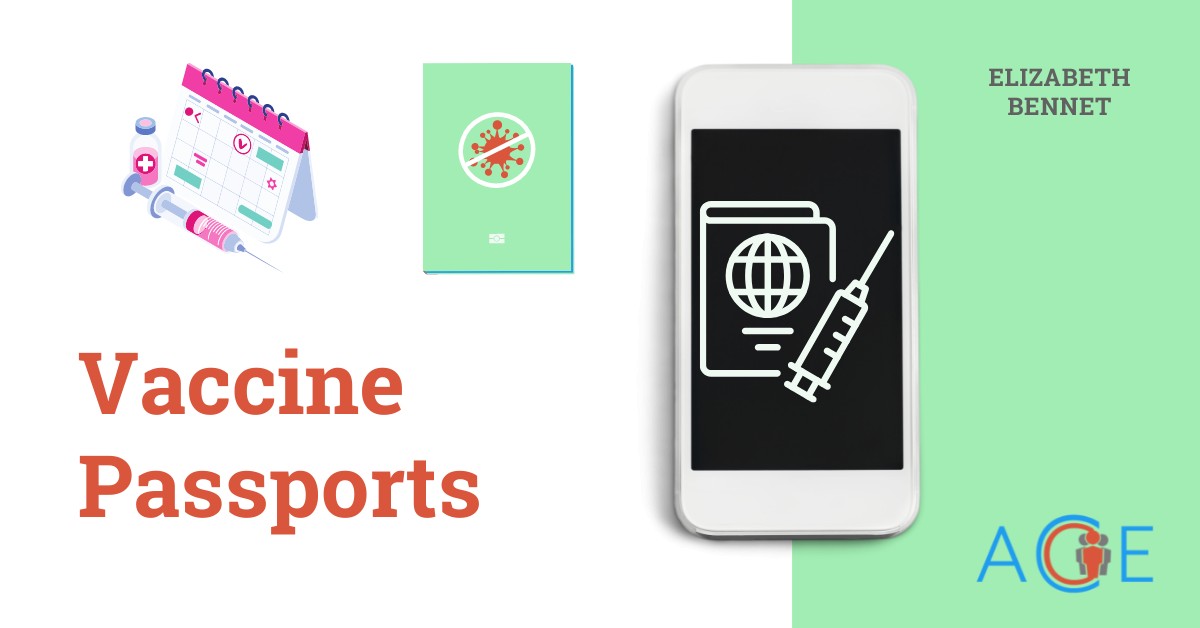Antibiotic resistance occurs when germs such as bacteria and fungi are no longer as affected by antibiotics. This means that current treatments for various infections will no longer work because the germs that were once vulnerable to antibiotics have adapted to resist them. This can occur when antibiotics are used to destroy some of the bacteria, but the stronger ones that were able to survive continue to multiply, causing antibiotic resistance to occur. The risk of antibiotic resistance greatly increases when antibiotics are over-prescribed or not used in an effective way. Since overuse allows for the germs to eventually develop resistance to the treatment, areas that lack standard guidelines for treating diseases and prescribing medications are likely to see more infections caused by antibiotic resistant diseases. Healthcare, veterinary, and agriculture industries are also likely to have antibiotic resistant bacteria present due to the higher number of antibiotics used in those settings.
Currently, approximately 700,000 people die per year due to antibiotic-resistant bacteria. According to the World Health Organization, Antimicrobial Resistance (a germ’s ability to resist antibiotics as well as other microbes) is one of the ten greatest public health threats and will cause an estimated 10 million deaths by 2050. One of the greatest threats are superbugs—bacteria which develops the ability to resist more than one type of antibiotics. Infections that are curable now, such as pneumonia, tuberculosis, blood poisoning, gonorrhea, and foodborne diseases could become impossible to cure as resistant strains spread.
Antibiotic Resistance in the United States
In 2013, the CDC released the first Antibiotic Resistant Threat Report. Since then, different policies have been implemented to reduce the spread of antibiotic resistance. These efforts include Executive Orders issued to direct federal agencies to follow guidelines to combat antibiotic resistance, increased CDC disease monitoring, and FDA directives to ensure that antibiotics are only used for treating and preventing infections in food animals and not for growth promoting. However,there have also been contradicting steps taken, such as the US Department of Agriculture rejecting the WHO’s guidance to limit antibiotic use in livestock feed.
According to the CDC’s 2019 AR Report, the total number of deaths from antibiotic-resistant bacteria fell in the United States by 18% from 2013 to 2019. However, the CDC still estimates there are about 2.8 million infections each year and 35,000 deaths in the United States due to antibiotic-resistant bacteria. Additionally, the number of infections of several strains of bacteria have actually increased, with the germs becoming more resistant and progress to stop infections slowing down. This makes it difficult to find ways to treat those infections and given the interconnectedness of the world, these diseases could then continue to spread. The CDC also estimates that 47 million courses of antibiotics are prescribed each year for cases that do not need it. This is seen in such instances as viral infections like the cold or flu (viruses are not impacted by antibiotics), thereby increasing the prevalence of antibiotic-resistant bacteria as well as allowing already resistant bacteria to develop further difficulties to treatment.
Covid-19 and Antibiotic Resistance
The Covid-19 pandemic has complicated the usage of antibiotics. Antibiotics do not work on viruses, so it would have no impact on Covid-19 treatment. However, since it is possible to get Covid-19 and a bacterial infection at the same time, antibiotics are prescribed to nearly 72% of Covid patients despite only 6.9 percent being reported to have bacterial co-infections. Before there was available widespread Covid-19 testing, it was more common to prescribe antibiotics to patients displaying respiratory symptoms, since it could have been caused by bacterial or fungal pneumonia. Additionally, preemptive antibiotics are often prescribed to stop bacterial infections from occurring at the same time as Covid-19 due to the patient’s weakened immune system. It is important to prevent secondary bacterial infections in Covid-19 patients, though the rates in which antibiotics are prescribed is higher than the rates of which the bacterial infections occur with the infections tending to occur in already vulnerable patients. In fact, increases in resistant infections occurred amongst those Covid patients, highlighting how overprescribing antibiotics can create an increase in resistant germs.
Additionally, Covid-19 has generated other obstacles to preventing antibiotic resistance. Due to a shift in focus towards Covid-19, funding has been cut and legislation delayed which would combat antibiotic resistance. Similarly, there may be crisis fatigue in which a loss of motivation arises to tackle another public health crisis. On the other hand, Covid-19 could help set a model for surveillance and containment of other pathogens like antibiotic resistant bacteria. Since antibiotic resistant infections spread very rapidly in hospitals where antibiotics are used, the adopted containment measures from Covid-19 could be beneficially applied towards reducing antibiotic resistant infection spread. Furthermore, the pandemic has highlighted a lack of surveillance measures among health care infrastructures which creates potential opportunities for surveillance improvements in the future. It is possible that public health approaches learned from Covid-19 could be used to prevent and contain antibiotic resistant infections.
Ways Forward
The CDC has proposed five core actions to reduce the antibiotic resistance threat in the United States:
- Prevent and control infections before they arise
- Improve data tracking and sharing about diseases
- Improve antibiotic use and remove inappropriate access
- Increase vaccines, therapeutics, and diagnostics to improve prevention and detection
- Prevent antibiotic resistant diseases from entering the environment through sanitation and access to clean water.
There are several ways these goals can be achieved. Increasing funding for agencies responsible for prevention or monitoring of such infections (such as the Food and Drug Administration, the National Institutes of Health, the Biomedical Advanced Research and Development Authority and the U.S. Department of Agriculture) could be beneficial for tasks such as collecting data to track resistant bacteria, improving antibiotic use, and funding antibiotic research. Optimizing current antibiotic use both for human and animal consumption would also help reduce the risks while existing programs that regulate antibiotic distribution could be monitored and directed to ensure the usage of antibiotics is appropriate. Furthermore, developing new antibiotics would help stop antibiotic resistance, since current germs would not have developed resistance towards them. Different bills introduced in congress such as the PASTEUR Act would create incentives for innovation with different antibiotics. There are a variety of ways in which antibiotic resistance could be combated, and it is important for individuals to consider what methods the government could use to help prepare for such actions.


